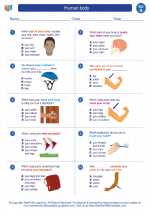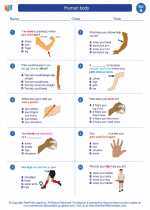Primary Consumers: Explained
In an ecosystem, primary consumers are the organisms that feed on producers (plants) and are the second level in the food chain. They are herbivores, which means they primarily consume plants for energy. Primary consumers are crucial to the ecosystem as they transfer the energy from the producers to the rest of the food chain.
Characteristics of Primary Consumers:
- Herbivores: Primary consumers primarily feed on plants and plant-based materials.
- Energy Transfer: They transfer energy from plants to higher-level consumers in the food chain.
- Food Source: They serve as a food source for secondary consumers (carnivores) in the ecosystem.
- Population Control: Their population is often controlled by predation and other ecological factors.
Examples of Primary Consumers:
Common examples of primary consumers include rabbits, deer, grasshoppers, caterpillars, and many species of insects. These organisms rely on plants as their primary food source and play a key role in the ecosystem's energy flow.
Study Guide:
To better understand the concept of primary consumers, consider the following study guide questions:
- What are primary consumers and where do they stand in the food chain?
- How do primary consumers obtain their energy, and what role do they play in the ecosystem?
- Provide examples of primary consumers and explain their significance in the food chain.
- Discuss the impact of changes in primary consumer populations on the overall ecosystem.
By exploring these questions and studying the characteristics and examples of primary consumers, you can gain a comprehensive understanding of their role in the ecosystem.
Remember, primary consumers are essential for transferring energy from producers to higher-level consumers, and their interactions with other organisms shape the balance of the ecosystem.
.◂Science Worksheets and Study Guides First Grade. Human body

 Activity Lesson
Activity Lesson
 Worksheet/Answer key
Worksheet/Answer key
 Worksheet/Answer key
Worksheet/Answer key
 Worksheet/Answer key
Worksheet/Answer key
 Worksheet/Answer key
Worksheet/Answer key
 Worksheet/Answer key
Worksheet/Answer key
 Worksheet/Answer key
Worksheet/Answer key
 Vocabulary/Answer key
Vocabulary/Answer key
 Vocabulary/Answer key
Vocabulary/Answer key
